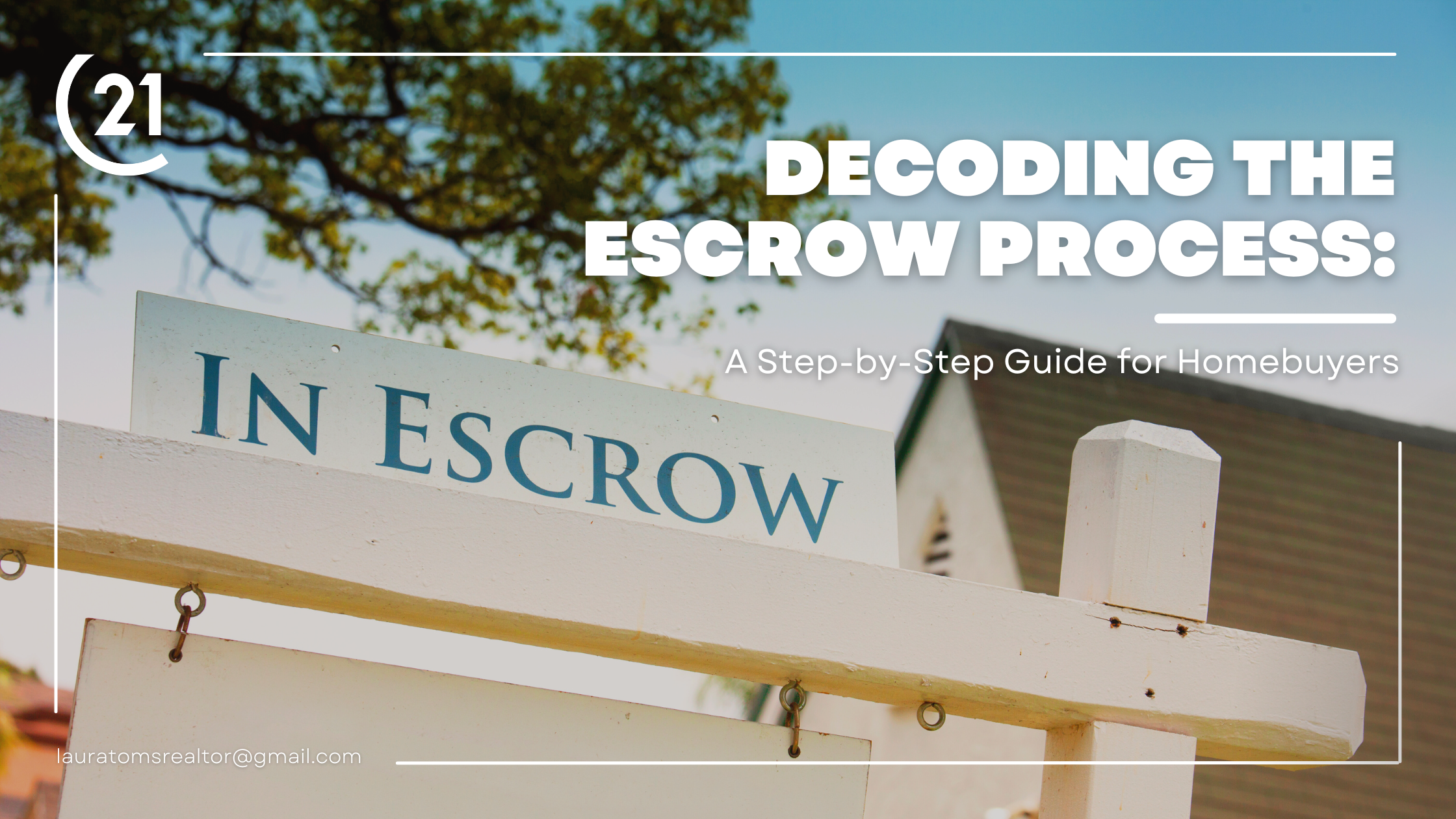Embarking on the journey of purchasing a home is an exciting milestone, but it can also be overwhelming, particularly when it comes to understanding the intricate processes involved. One such process that often puzzles homebuyers is escrow. What exactly is escrow, and how does it work? In simple terms, escrow is a legal arrangement where a neutral third party holds assets – typically funds and documents – on behalf of the buyer and seller during a real estate transaction. This intermediary ensures that all conditions of the sale are met before transferring the assets and closing the deal. Now, let’s delve into a detailed breakdown of the escrow process, step by step.
Offer Acceptance and Opening Escrow:
The journey commences when you find your dream home and submit an offer to the seller. Upon the seller’s acceptance of your offer, you officially open escrow. At this juncture, you’ll typically deposit earnest money into an escrow account as a show of commitment to the purchase. This initial deposit demonstrates your sincerity and marks the initiation of the escrow process.
Escrow Instructions and Title Search:
With escrow opened, the escrow officer receives instructions from both parties outlining the terms and conditions of the transaction. Simultaneously, a title search is conducted to ensure that the property’s title is free of encumbrances or legal issues. This meticulous examination is imperative to guaranteeing clear and undisputed ownership of the property.
Contingency Period:
As the transaction progresses, you’ll enter the contingency period, during which you have the opportunity to conduct inspections, appraisals, and other due diligence activities. Common contingencies include inspections for structural integrity, pest infestation, or environmental hazards. Additionally, you may secure financing and assess the property’s appraisal value during this phase. Any issues uncovered during the contingency period can be negotiated with the seller or, in severe cases, may lead to the termination of the contract.
Loan Approval and Funding:
While you conduct due diligence, your lender processes your loan application. The lender evaluates your financial documents, assesses the property’s value, and ultimately approves the loan. Upon approval, the lender disburses the funds to the escrow account, ready for allocation at closing.
Signing Closing Documents:
As the transaction nears its culmination, you and the seller will sign a multitude of closing documents. These include the final purchase agreement, loan documents, and various disclosures mandated by law. The escrow officer orchestrates this process, ensuring that all paperwork is completed accurately and facilitating a smooth transition to closing.
Final Walkthrough:
Before the closing date, you’ll conduct a final walkthrough of the property to verify that it’s in the agreed-upon condition. This walkthrough offers assurance that any negotiated repairs have been satisfactorily completed, providing peace of mind before taking possession of your new home.
Closing Escrow and Transfer of Ownership:
The grand finale of the escrow process is the closing, where the remaining funds are disbursed, and ownership of the property is officially transferred from the seller to you, the buyer. The escrow officer ensures that all funds are distributed correctly, recording fees and taxes are settled, and the deed is duly recorded with the appropriate authorities.
Celebrate and Move In:
Congratulations! You’ve successfully traversed the escrow process and are now the proud owner of your new home. Take a moment to celebrate this monumental achievement and prepare to embark on the next chapter of your homeownership journey. Whether it’s hosting a housewarming party or settling into your newfound sanctuary, relish in the joy of homeownership and the excitement of a fresh start.
In essence, the escrow process serves as a vital safeguard in the realm of real estate transactions, offering a structured framework for a secure and seamless home purchase. By understanding each step of the escrow process, potential homebuyers can navigate the complexities with confidence and clarity, alleviating anxieties and fostering transparency throughout the transaction. Armed with this knowledge, you’re well-equipped to embark on your homebuying journey, poised to turn your homeownership dreams into reality.


 Facebook
Facebook
 X
X
 Pinterest
Pinterest
 Copy Link
Copy Link


